
General Idea
Ningbo, also called “Yong” for short, lies in the middle of the coastal line of the Chinese Mainland and in the South of the Yangtze River Delta, enjoying the most developed economy in China. It is the sub-provincial city of Zhejiang Province, and is also the second largest city in Zhejiang.
Ningbo is really a famous historic and cultural city in China. It is the birthplace of the first light of the 7,000-year-old Chinese civilization and Hemudu Neolithic Culture, and where China’s existing oldest private library is located. Also, it is the key place of the East Zhejiang School in Ming Dynasty and Qing Dynasty in Chinese history.
In recent years, Ningbo has completed its public culture and sports service system by vigorously building the 15-minute cultural activity circle to satisfy the ordinary people’s requirement for cultural life and sports around their residential areas. The Three-River Cultural Corridor shows Ningbo’s new look as a city attaching great importance to culture.
Ningbo people attach great importance to education. From Tang to Qing Dynasty, altogether 2432 people passed the examination for imperial scholars and 12 of them won first places. In modern time, many first class scholars, scientists and artists of China are from Ningbo. Some of them are even well-known in the world. 94 academicians of Chinese Academy of Sciences and Chinese Academy of Engineering Sciences are of Ningbo Origin, which is No. 1 among all cities in the country.
Area Code: 0574
Zip Code: 315000
Geography and Climate
Geography
Ningbo (120°55”-122°16”E and 28°51”-30°33”N), to is east is the Zhoushan Archipelago, to its north is Hangzhou Bay, to its west is the City of Shaoxing, and to its south is the City of Taizhou .
The topography in southwest is high, while in northeast is low in Ningbo. Urban altitude is about 4-5.8 meters. Landform is divided into the mountains, hills, platform, basin and plain. The mountainous area accounts for 24.9% of the land, hills is occupied 25.2%, platform is occupied 1.5%, basin accounts for 8.1%, and plain accounts for 40.3%.

Population
The permanent population of Ningbo is about 7.6 million, foreign population is about 4.8 million. The population in cities and towns is about 5.2 million, accounting for 68.31%; in the country is about 2.4 million, accounting for 31.69%.
Administrative Division
Ningbo consists of the following districts:
Districts in Ningbo | |
Beicang District | Cixi City |
Haishu District | Fenghua City |
Jiangbei District | Yuyao City |
Jiangdong District | Ninghai County |
Yinzhou District | Xiangshan County |
Zhenhai District | |
Climate
Ningbo has a subtropical monsoon climate, featuring mild temperatures, moderate humidity and distinct seasons. The annual average temperature is about 16.4℃, with hottest month, July (28℃ in average) and coldest one, January (4.7℃ in average). The no-frost season lasts 230-240 days a year. The annual average precipitation is around 1,480mm, of which the precipitation in the months from May to September accounts for 60%. The average annual sunshine time reaches 1850 hours.
History
Lying in the east of Zhejiang, Ningbo sits at the mid-point of the Chinese coastline, towards the south of the Yangtze Delta. It covers an area of 9365 square kilometers (3616 square miles), of which 1033 square kilometers (399 square miles) constitutes the city's bustling urban centre.
As one of China's oldest cities, the city has witnessed the rise and fall of numerous dynasties. It also represents the birthplace of Hemudu Culture, which itself has a history of over 7000 years. These early civilizations lived and thrived in the area, and have contributed greatly to make the city what it is today; an economically-developed, modern city with a profound cultural foundation.
Ningbo is a city with strong Buddhist connections boasting a number of visually-impressive, historical temples. The 1700 year-old Asoka Temple houses the rare Buddhist relics of Sakyamuni, who is the founder of Buddhism; the Tiantong Temple, with a history of over 1600 years, is renowned for its fantastic scenery and subtle architectural style; and the Baoguo Temple boasts one of the best-preserved wooden structures of its type in the country.
The Tianwang Hall (Tianwang Dian) in Ningbo
Ashoka TempleOther Buddhist temples in the city include the Qita Temple, the Tianfeng Pagoda and the Xiantong Pagoda.
Due to its location in the coastal region, an area with a subtropical monsoon climate, the region is subject to temperate and humid weather. The mean annual temperature is 16.2C (61.16F). The region has four distinct seasons which guarantee visitors a different holidaying experience depending on the time of year they visit. Season-specific resorts such as the Tianhe Scenic Area in Tiantai Mountain and Xuedou Mountain Scenic Area in Xikou Town cater for the summer season, while resorts such as the Nanxi Hot Springs are suited more to winter visits. However, to the north of the city run a series of beautiful lakes, including the Dongqian Lake, the West Lake and the Tai Lake, which are perfect for year-round visits. There are other attractions such as Tianyi Pavilion and Yandang Mountain worth your visit.
Tianyi Pavilion, Ningbo
Tianyi PavilionAlthough the city is striving towards modernization, the passion of the local people for producing traditional handicrafts remains undiminished. Hand-plaited bamboo vases, screens and animal figurines are particularly popular. The ancient Gu Mu Xiangqian, bamboo root carving and bamboo sculpture all reveal the local characters of craft.
Ningbo has been an important port city for foreign trade since the Song Dynasty (960-1279). After the Opium War (1840-1842), it became one of the top-five ports in China, successfully utilizing its favorable location for water transport. Today, despite its well-developed economy and infrastructure, it remains surrounded by charming natural scenery.
- Contact Us
-
Tel:
0086-571-88165708
0086-571-88165512E-mail:
admission@cuecc.com
- About Us
- Who We Are What we do Why CUECC How to Apply
- Address
- Study in China TESOL in China
Hangzhou Jiaoyu Science and Technology Co.LTD.
Copyright 2003-2024, All rights reserved





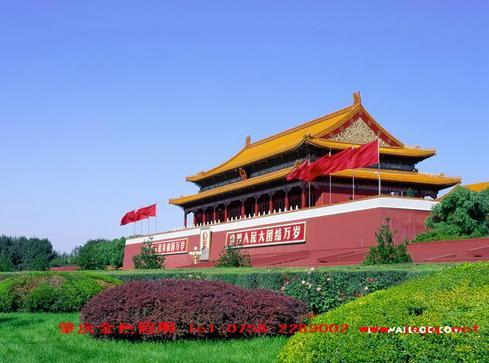
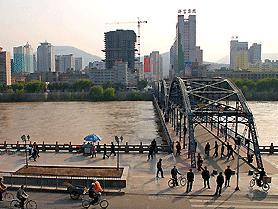
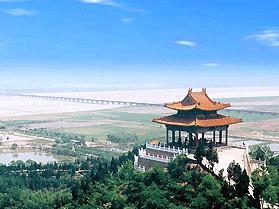
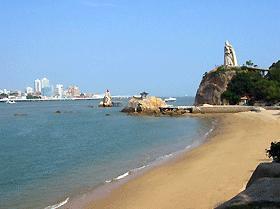
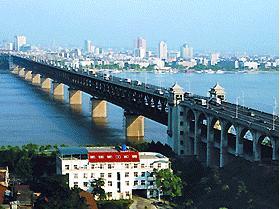
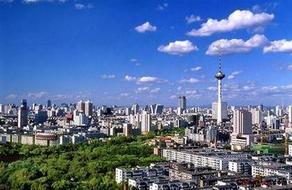
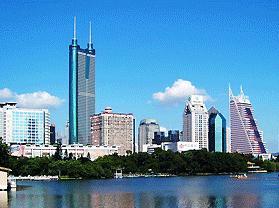

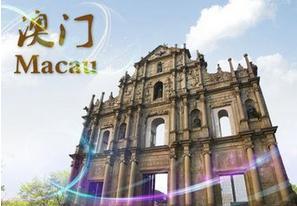

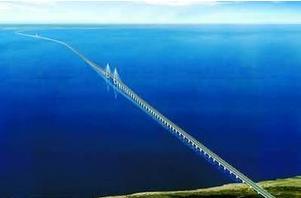

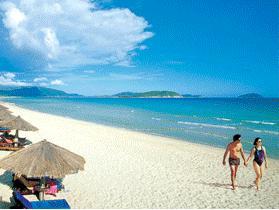
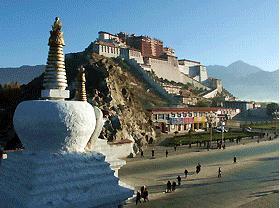
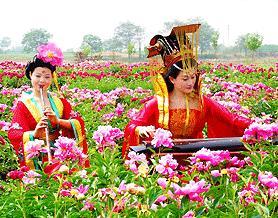
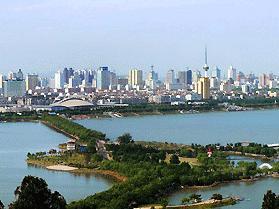
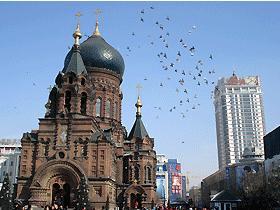
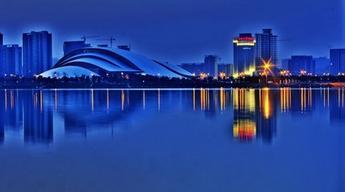
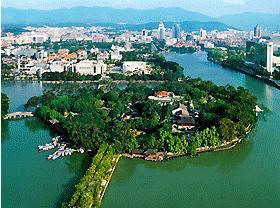
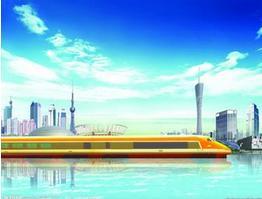
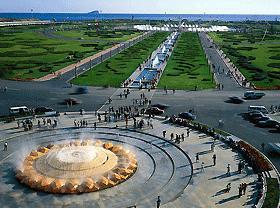
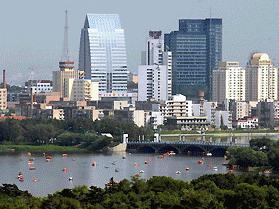
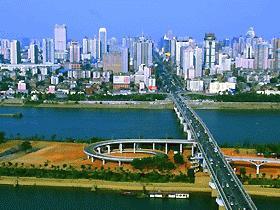
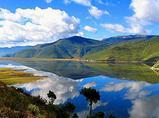
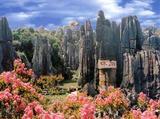


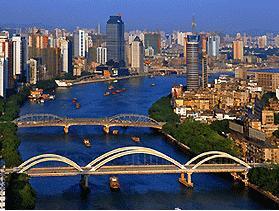
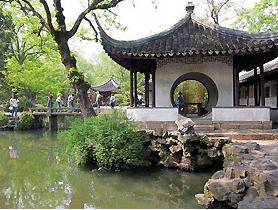
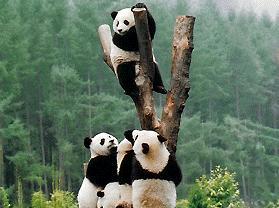
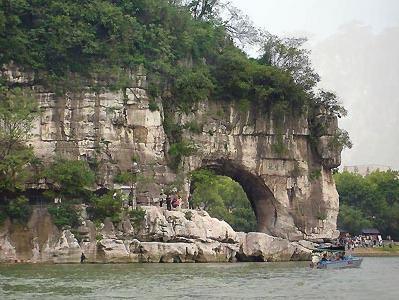

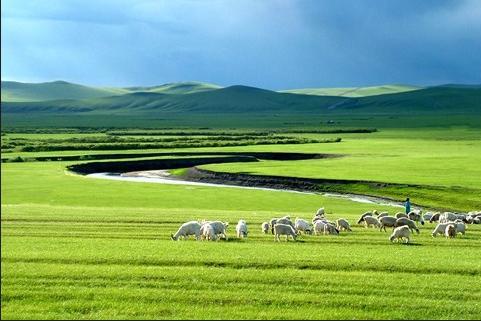

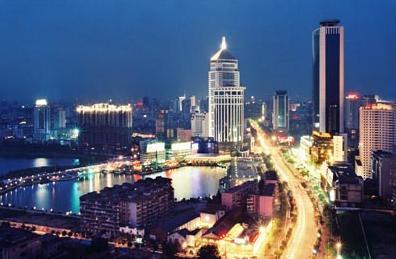
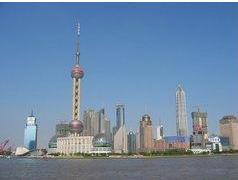



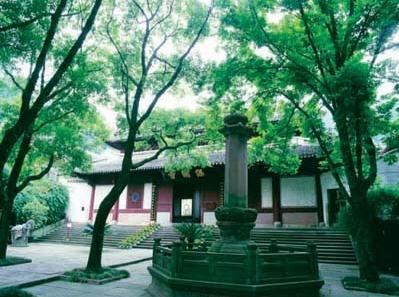
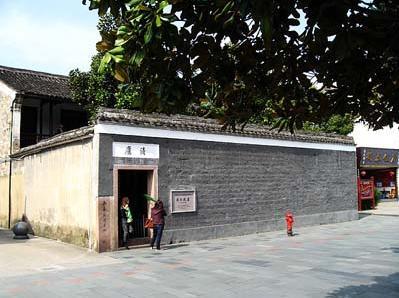
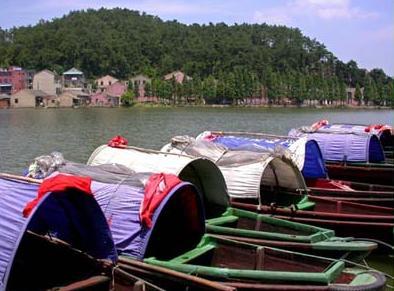


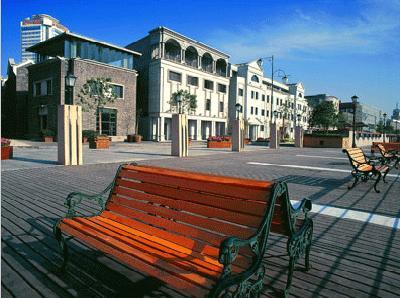
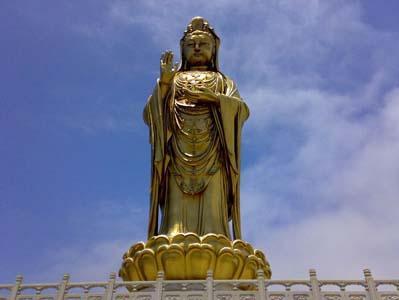
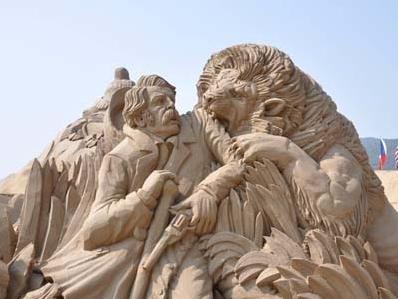
 Chinese
Chinese
 English
English
 Korean
Korean
 Japanese
Japanese
 French
French
 Russian
Russian
 Vietnamese
Vietnamese
